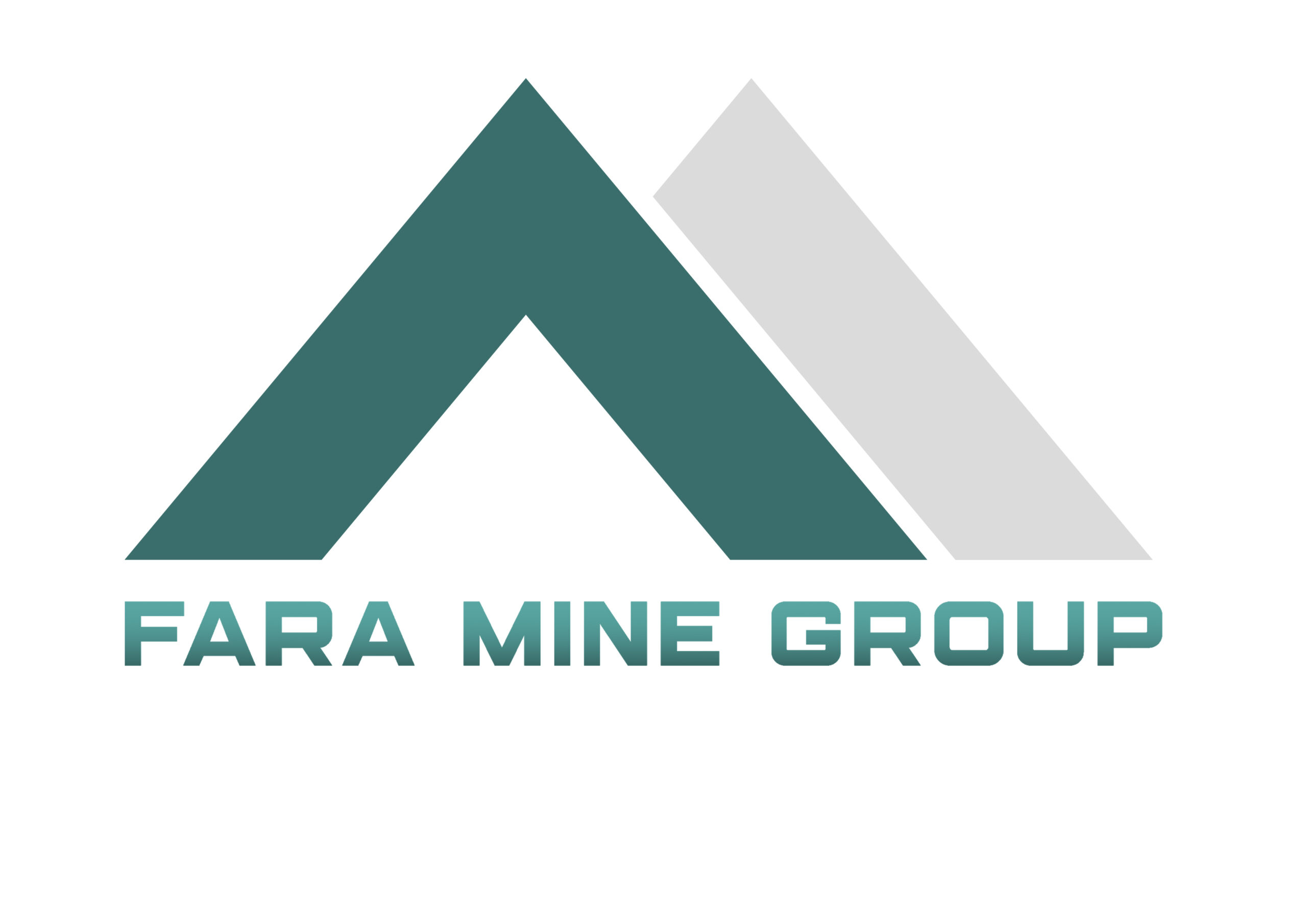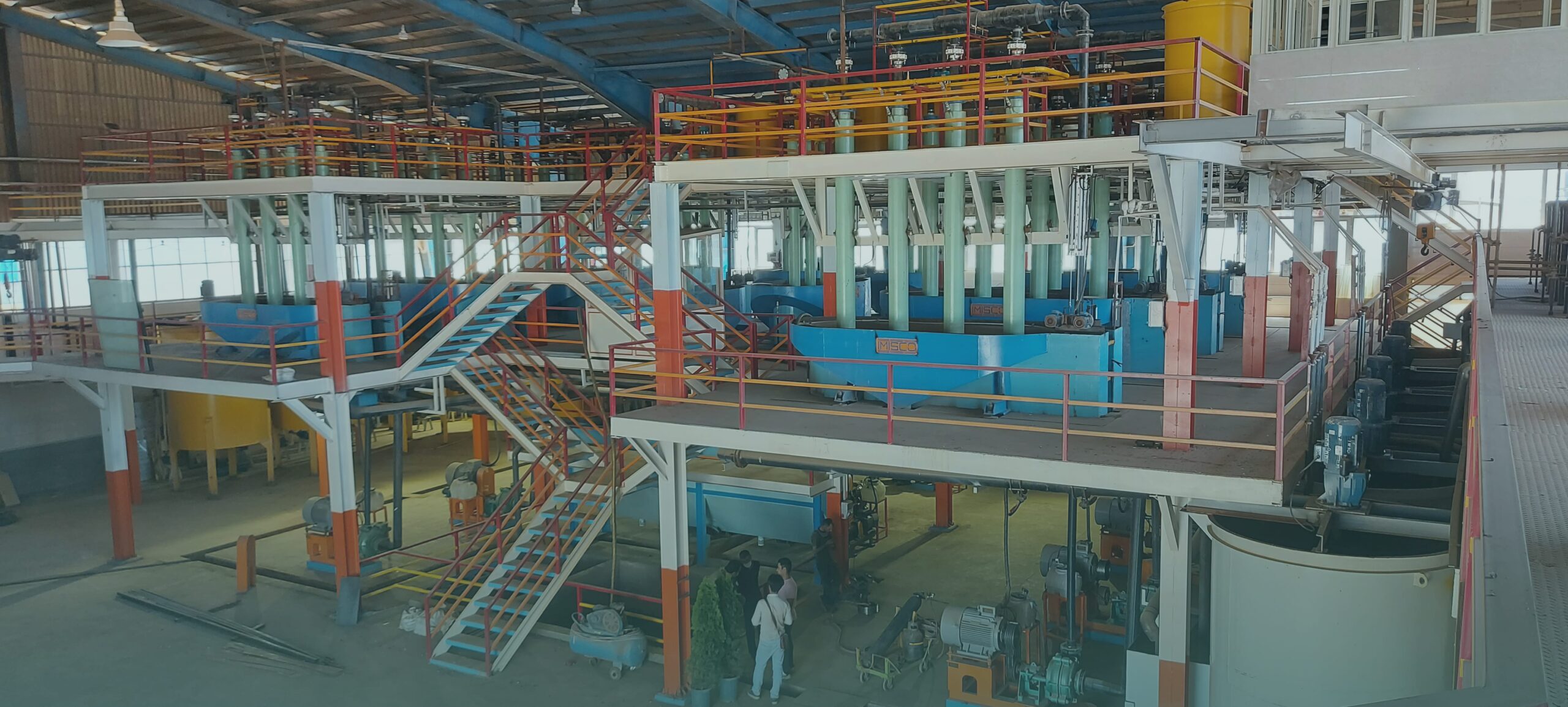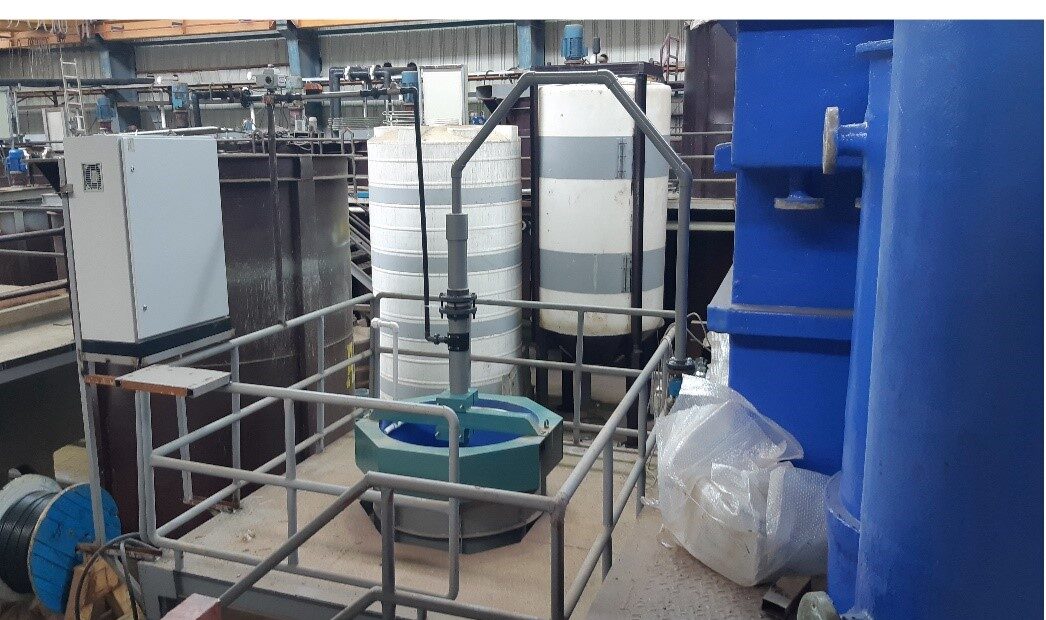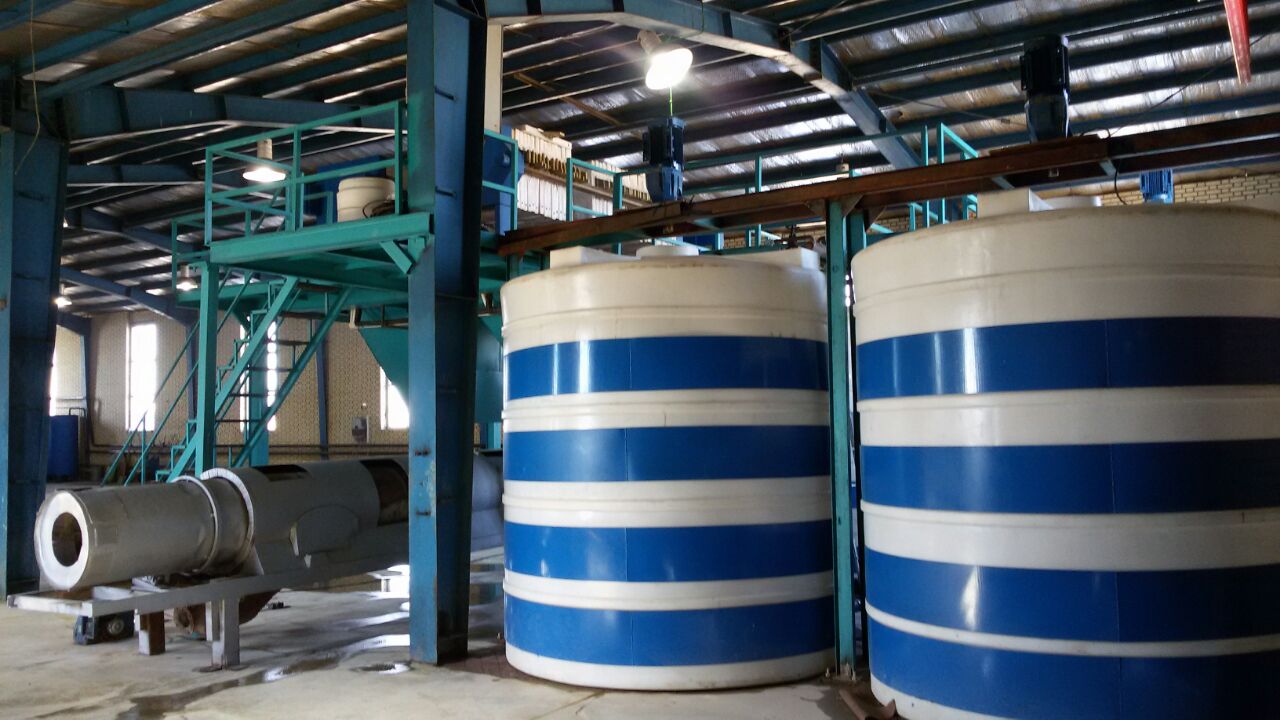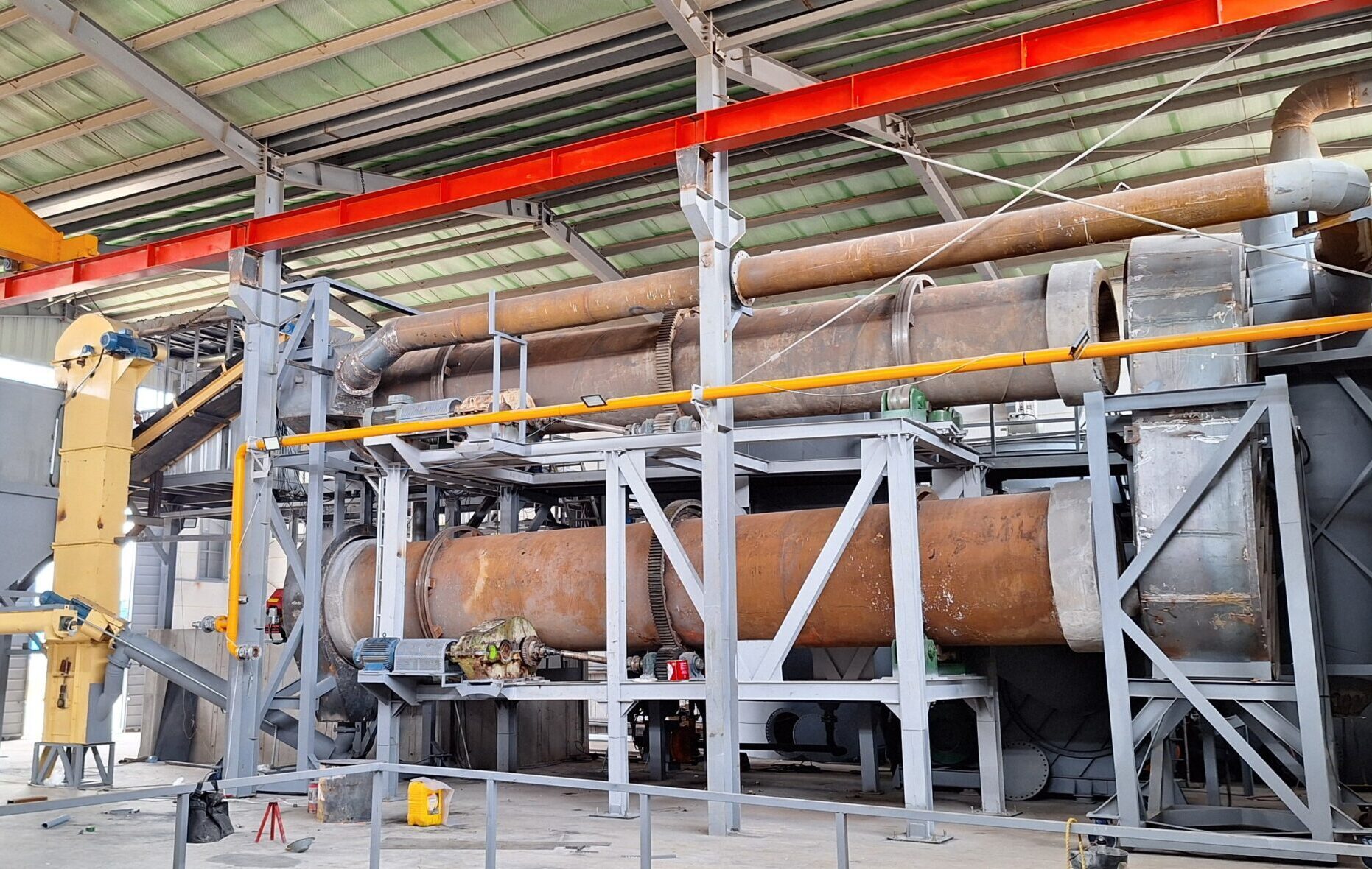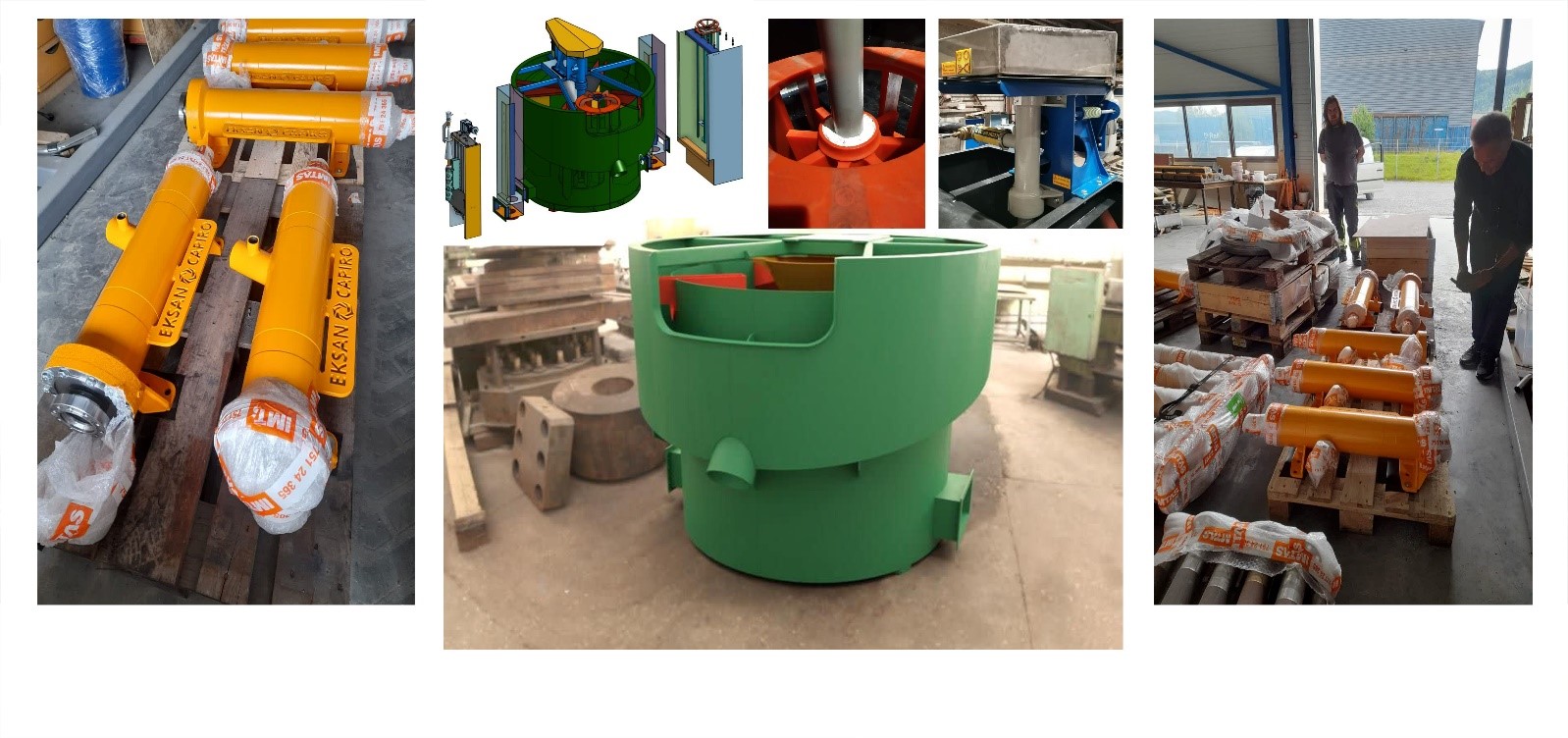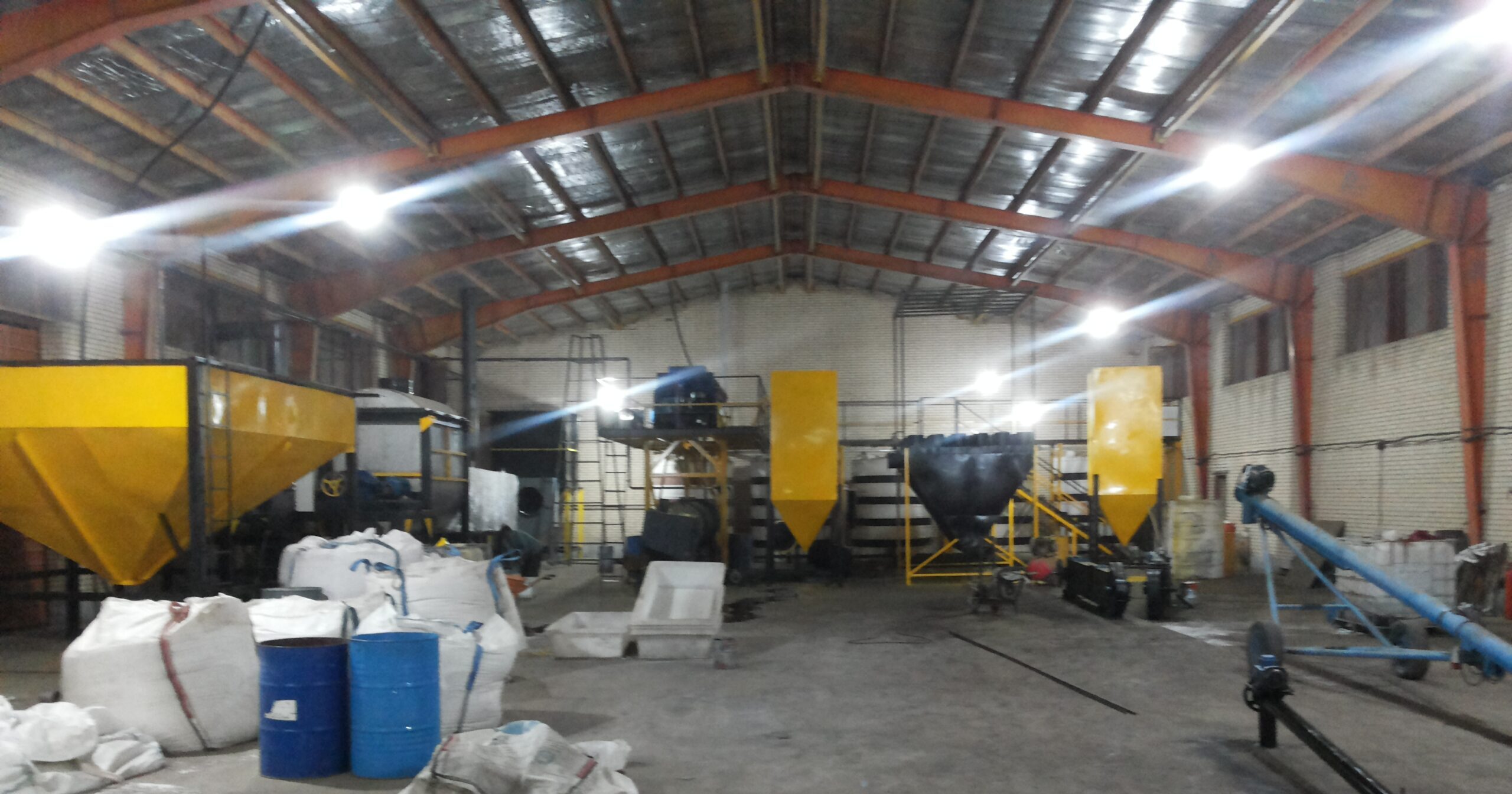The construction of the ultrasonic flotation cell (Concord) was completed in 2024 through round-the-clock research and testing by engineers at the Faramine Asia Mining Industrial Group. This cell was patented in 2025 under the brand name “Ultrasonic Flotation Cell,” with all material and intellectual property rights held by Faramine Asia Mining Industrial Group. The primary application of this cell is for the flotation of ultrafine particles with sizes smaller than 15 micrometers.
This device is mainly used for the flotation of precious metal ores, including gold, silver, platinum, and palladium. It is effective due to its ability to achieve a desired degree of liberation in very fine particle sizes and the need for ultrafine particles flotation in these elements. The mineral pulp or input solution is injected into the chamber from one side via a pump, and compressed air is introduced from the other side. Within the chamber, conditions are created that lead to the breaking of the sound barrier and the generation of Mach shear waves. These Mach shear waves are focused on the exiting bubbles, causing them to break and reduce in size.
The cell is used to separate the organic phase from the electrolyte input (separation of the aqueous phase from the organic phase) in the electrowinning tanks during the solvent extraction process for nickel and cobalt (SX-EW). Globally, Jameson flotation cells are commonly used in the solvent extraction process for nickel and cobalt (SX-EW). However, engineers at Faramine Asia Mining Industrial Group discovered through testing that the ultrasonic cell (Concord) performs better compared to Jameson flotation cells due to its finer bubbles.
